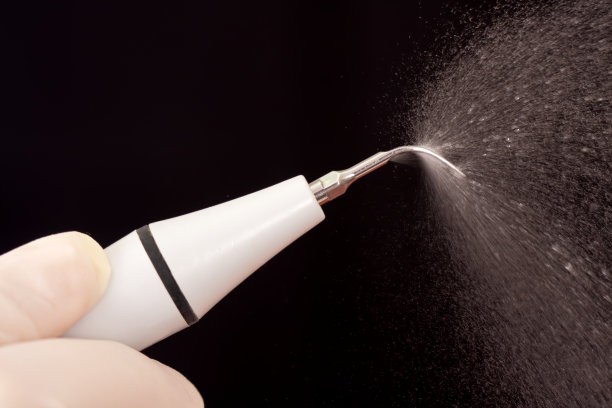Essential Steps to Ensure Optimal Results and Safety in Your Dental Filling Procedure
Summary: The dental filling procedure is crucial for restoring the functionality and appearance of damaged teeth. Ensuring optimal results and safety during this process involves four essential steps: understanding the types of dental fillings, preparing adequately for the procedure, maintaining proper oral hygiene post-procedure, and consulting with a qualified dental professional. Each step contributes to a successful outcome that not only relieves discomfort but also enhances the longevity of the filling. This article delves into these steps, providing insight into best practices and considerations for patients aiming to achieve the best results in their dental treatment.
1. Understanding the Types of Dental Fillings

The variety of dental fillings available today allows patients to choose based on both functional and aesthetic preferences. Common materials include amalgam, composite resin, porcelain, and gold. Each type has its unique advantages, such as durability, appearance, and cost. Amalgam fillings, for instance, are known for their strength and longevity, making them ideal for molars.
Composite resin fillings are favored for their natural appearance, allowing them to blend seamlessly with the surrounding tooth color. Porcelain fillings offer both durability and aesthetics, although they tend to be more expensive. Understanding these options is crucial in making an informed decision regarding which material suits your needs best.
Lastly, consulting with your dentist about the pros and cons of each filling type can significantly aid in determining the best choice based on your dental health and preferences. This knowledge empowers patients, improving their confidence in the process and outcomes.
2. Preparing for the Dental Filling Procedure
Preparation for a dental filling procedure is key to ensuring a smooth experience and optimal results. Scheduling a comprehensive dental examination is the first step, allowing your dentist to evaluate the extent of your tooth decay or damage. They may take X-rays to assess the tooth and surrounding structures accurately.
Moreover, discussing any medical conditions or medications you are taking with your dentist can prevent potential complications during the procedure. This transparency enables the dentist to tailor their approach and choose the appropriate anesthesia or pain management techniques.
Being mentally prepared is also essential. Understanding what to expect can reduce anxiety and help you feel more in control during the filling procedure. Ask your dentist about the step-by-step process and what sensations you might experience to further ease your concerns.
3. Maintaining Oral Hygiene After Procedure
Post-procedure care is essential for the longevity of your dental fillings and the overall health of your mouth. After receiving a filling, it is important to avoid consuming hard foods for at least 24 hours. This recommendation allows time for the anesthetic to wear off and gives the filling material time to settle properly.
Establishing a good oral hygiene routine is vital after getting a filling. Brushing at least twice daily and flossing regularly help to prevent further decay in adjacent teeth and ensure that your filling remains intact. It is also advisable to use a soft-bristled toothbrush to avoid irritating the filling site.
Regular dental check-ups after your procedure can help monitor the condition of the filling and overall dental health. Your dentist may recommend professional cleanings and adjustments if necessary, ensuring that your dental work lasts as long as possible.
4. Consulting with Qualified Dental Professionals
The importance of consulting with a qualified dental professional cannot be overstated. A skilled dentist not only possesses the technical ability to perform dental fillings but also the knowledge to advise on preventative care and maintenance strategies. Look for dentists who are accredited and have positive reviews regarding their work, especially relating to fillings.
During consultations, ask about their experience with various filling materials and techniques. A good dentist will be transparent about their methods and the rationale behind choosing specific materials and procedures tailored to your needs.
Furthermore, ongoing communication with your dentist plays a significant role in ensuring optimal outcomes. Be proactive in reporting any discomfort or changes in your teeth post-procedure, allowing for timely interventions if complications arise.
Summary:
In conclusion, the journey to optimal results and safety in your dental filling procedure encompasses understanding the types of fillings, preparing adequately, maintaining oral hygiene afterward, and consulting with qualified professionals. Each step is designed to enhance both the effectiveness of the treatment and the patients overall dental health. By following these essential steps, patients can achieve the best possible outcomes, ensuring comfort and longevity in their dental work.
This article is compiled by Vickong Dental and the content is for reference only.



